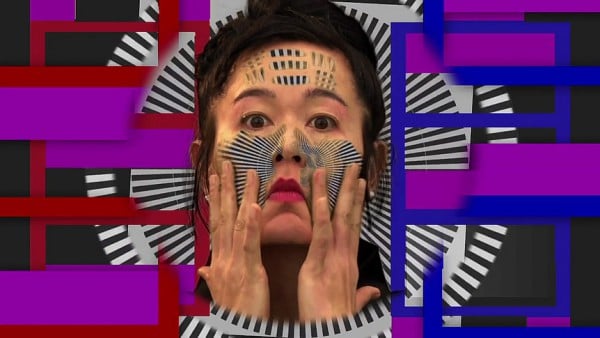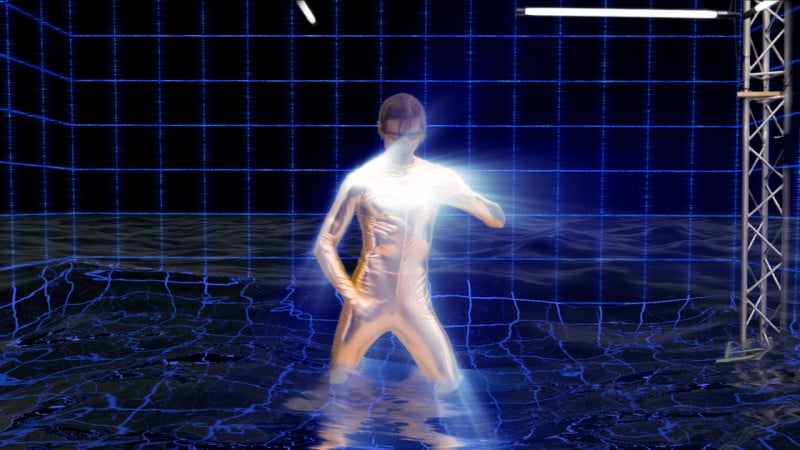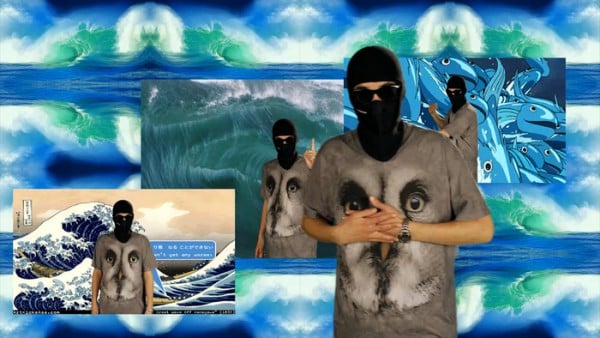People
Hito Steyerl Questions the Primacy of Art Conservation at a Conference on Media Art
Who decides what art is worth conserving?

Who decides what art is worth conserving?

Hettie Judah

Media in Transition, a conference on the conservation of new media artworks, was energized by a provocative and impassioned opening-night speech by German artist Hito Steyerl, who questioned the art world’s urge to preserve works in deathlike stasis within collections and institutions.
“In an era of planetary civil war, what is it that you want to conserve?” Steyerl asked of the audience gathered at London’s Tate Modern, among which were curatorial staff of many of the world’s major museums.
Steyerl commenced her talk with footage from eastern Ukraine of a tank being forcibly restarted after decades spent pedestal-bound as a war memorial. “It really complicates anything I thought I knew about a museum,” she commented, her playful tone giving way to fierce earnest. “I thought the way into the museum was a one way street—I never thought a pedestal could be used as a military base.”

Hito Steyerl at the German pavilion, Venice Biennale.
Equally double-edged trawls through the plots of movies Edge of Tomorrow (Doug Liman, 2014) and Children of Men (Alfonso Cuarón, 2006) led the artist to a serious point—that there was no reason to conserve artworks if equal attention was not paid to their future audience.
“Freeport art storage is the only new art institution of the twenty-first century,” she observed of the tax-evasive storage facilities favoured by high net worth art investors, describing them as “the art institution that caters to the dystopic reality” of oligarchs, warlords and “too-big-to-fail corporations.” (Though that might be changing soon, due to new regulations on freeports that Switzerland will introduce in 2016).
Against her wishes, a collector recently placed one of the artist’s videos in such as storage facility. Her response was to release the work on a friend’s website alongside “a special documentary on freeports.”

Hito Steyerl, video still from Liquidity Inc. (2014)
Asked what her desires were for the conservation of her own work, she replied that she honestly believed that it shouldn’t be her concern, stating “It’s only worth conserving if someone else takes an interest in it.” She cited the online world in which people share the media they like as an alternative paradigm: whereby if people like something “they take some agency in its circulation.”
Media in Transition takes place at Tate Modern from November 18 – 20.